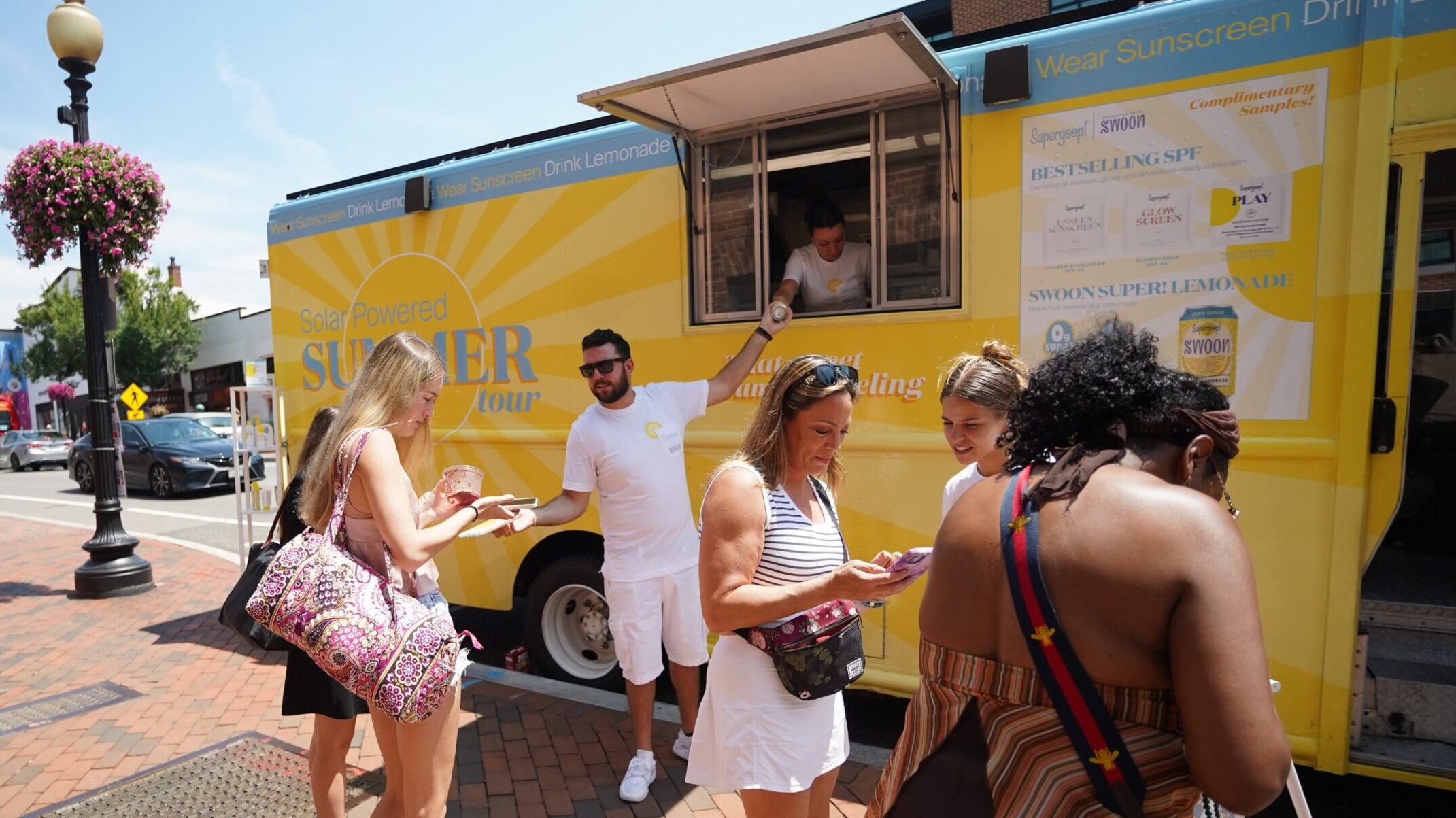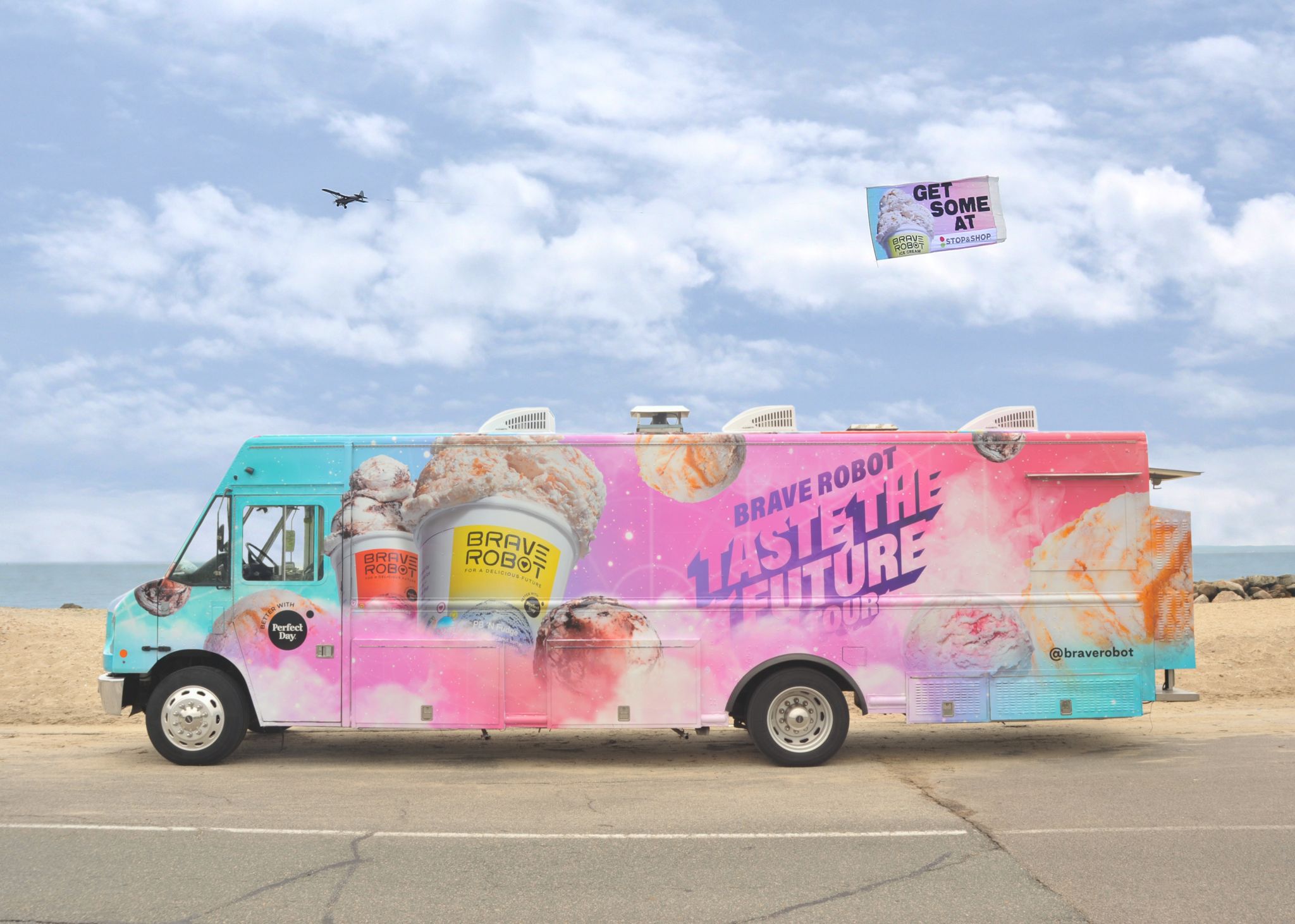
- Activations
Measuring the Impact of Brand Activation Campaigns
Creating an engaging and memorable experience for your brand is one thing, measuring it’s success is another. Understanding your return on investment and quantifying your success is a crucial step in planning a brand activation campaign. This involves a blend of creativity and analytics – from pre-event planning, to post-event evaluations. You’ll need to employ a variety of data collection methods and analysis techniques to accurately measure and track your key performance indicators (KPIs).
Here’s how to go from Planning, to execution and data collection, to finally analyzing your results in order to determine if your brand activation campaign was a smashing success.
1. Planning
In the planning stage, you lay the groundwork for your entire brand activation marketing campaign. You’ll need to define your objectives, identify your target audience, select your KPIs, allocate your budget, design your data collection methods, and decide on the format and venue for the activation. All these decisions ensure that everything that follows is aligned with your goals.
Define Your Objectives Clearly
Are you looking to increase brand awareness among a new demographic, create engagement and interaction around a new product, generate leads, make direct sales, or something else? Or perhaps, you’re focused on customer retention and loyalty. Whatever your goal, make these objectives S.M.A.R.T.—Specific, Measurable, Achievable, Relevant, and Time-bound.
Identify Your Target Audience
Knowing who you are trying to reach will help you customize the activation campaign to meet the needs and interests of that particular audience. Demographics, psychographics, and behavioral patterns can all contribute to a more targeted approach.
Select Appropriate KPIs
Once you have a clear objective and target audience, choose KPIs that align with these. For example, if your objective is brand awareness, your KPIs might include social media mentions, hashtag usage, and foot traffic. If your goal is sales-oriented, the KPIs might be the number of leads generated, conversion rates, and sales figures at the event.
Budget Planning
Determine what you’re willing to spend to meet your objectives and select your KPIs accordingly. Always factor in a contingency budget for unforeseen expenses.
Choose the Right Location and Format
The event itself—whether it’s a music festival, a tech fair, a street corner, or a food and beverage event—should align with your brand’s identity and target audience. Make sure you’re accessible and visible to maximize foot traffic and engagement.
By investing time and thought into the planning stage, you’re setting the groundwork for a successful brand activation. Each element—from objectives and KPIs to budgeting and location—plays a crucial part in shaping what will eventually become a memorable experience for your audience and measurable results for your brand.
2. Execution
This is where all the logistical elements come into play—from setting up your activation space to managing the flow of interactions with your audience. Throughout this stage, you’ll need to keep an eye on the real-time data to make any necessary adjustments. Is the foot traffic lower than expected? Are people engaging with your brand the way you anticipated? Quick pivots may be needed to keep the campaign on track.
Setup and Logistics
Whether it’s a booth, a stage, interactive kiosks, a custom wrapped food truck, or any other form of brand presence, you need to ensure that everything is in place well before the event starts. Make sure all equipment is tested, signage is visible, and your team is well-briefed and ready to engage with the audience.
Team Coordination
Your team is the face of your brand during the event. Each member needs to know their roles clearly—be it engaging with attendees, handling technology, or collecting data. Team coordination is crucial, so regular check-ins or huddles can be valuable for adapting to real-time challenges and opportunities.
Real-Time Monitoring and Adjustments
You should have systems in place for real-time data collection, whether it’s foot traffic counters, live social media monitoring, or real-time surveys. The value comes in when you analyze this data on the fly. For example, if you notice lower foot traffic than expected, you can send team members to guide people toward your activation.
Audience Engagement
Brand activations are about creating memorable, engaging experiences for your audience. This could be through live demos, contests, freebies, or even impromptu interviews and testimonials. The aim is to resonate with your audience in a way that aligns with your pre-defined objectives and KPIs.
Troubleshooting
No matter how well you’ve planned, unforeseen issues will crop up. The power may go out; technology might fail, or you might have an unexpectedly large crowd to manage. Having a troubleshooting protocol can be a lifesaver. Be prepared with backup power supplies, alternative data collection methods, and additional staffing arrangements if possible.
Social Media and Digital Engagement
Don’t forget that while the activation may be happening in a physical space, a parallel narrative should be occurring online. Make use of social media to broadcast what’s happening, engage audiences who couldn’t attend, and create a sense of FOMO.
Feedback Loop
During the event, try to capture immediate feedback through quick surveys, thumbs-up/thumbs-down buttons, or direct conversations. This feedback is invaluable and could even allow you to make real-time adjustments to improve the activation.
By mastering the execution stage, you set yourself up for success, not just for the current activation but also by generating insights and best practices that will benefit future brand efforts. This is your moment to shine, to gather data, and most importantly, to engage directly with your audience in a meaningful way.
3. Data Collection
While data collection happens in real-time during the execution stage, it merits its own focus. This is when your well-laid plans for gathering information come into action. Both digital metrics (like click-through rates if you’re directing people to a website or app) and physical metrics (like foot traffic and engagement at the event) are captured here. This stage is crucial because the data you collect serves as the raw data for your post-campaign analysis.
Types of Data to Collect
Plan to collect both quantitative data and qualitative insights.
Quantitative Data
Quantitative data involves numbers—metrics like foot traffic counts, time spent at the activation, sales figures, and digital metrics like click-through rates or conversion rates if you’re driving people to an app or website.
Qualitative Data
Qualitative data includes subjective elements—like consumer sentiment, customer feedback, and observational insights to provide context to the numbers you gather.
Data Collection Methods
Data collection methods should be strategically chosen tools and processes designed to gather both quantitative and qualitative data in an accurate and reliable manner.
Foot Traffic Sensors
Placing sensors or counters at your booth can provide you with real-time data on visitor numbers, helping you gauge initial interest and engagement levels.
Surveys and Feedback Forms
Implement surveys at different touchpoints—either via tablets at the activation, follow-up emails, or even QR codes that direct to a survey. This can provide you with direct consumer opinions.
Social Media Monitoring
Track hashtags, mentions, and shares relevant to your activation. Social listening tools can help you monitor real-time social media interactions to gauge public sentiment.
Sales Metrics
If sales are a part of your activation, you’ll need to closely monitor transactions that occur during the event and, if possible, track these customers for longer-term metrics like lifetime value or repeat purchase rates.
Engagement Metrics
Keep track of participation in games, contests, or other engagement activities you’ve arranged. This can be a good indicator of how effective your activation is at drawing people in.
Photographic and Video Documentation
Visual content can be an invaluable tool for capturing the nuances of audience engagement and interaction, which can be analyzed later for insights.


Promobile Marketing recently partnered with Supergoop to travel through 7 different cities on both the east and west coast to activate their sunscreen in retail Sephora. After scanning a QR code and signing up, visitors were given a free supergoop sunscreen, and a co-branded Swoon lemonade.
Real-Time vs. Post-Event Data
Data will come in two forms, real-time data or post-event data.
Real-time Data
Real-time data helps you make immediate adjustments to your strategy during the execution phase. If a certain aspect of your activation is not drawing interest, you can pivot quickly.
Post-event Data
Post-event data involves collecting and reviewing data after the activation has concluded. This is often where deeper insights are gathered, as you take the time to thoroughly analyze the data.
Data Integrity
Making sure your data is accurate and reliable is crucially important to the data analysis stage. Make sure to test all your data collection methods and tools beforehand. Your team should be well-trained on the procedures for data collection to avoid errors or inconsistencies.
Legal Considerations
Always ensure you are in compliance with privacy laws when collecting data, especially personally identifiable information. Obtain explicit consent where required, and ensure secure storage and handling of all collected data.
Accurate, thorough data collection is the backbone of any successful evaluation, allowing you to fine-tune future activations and better align them with your overarching brand objectives.
4. Analysis & Reporting
At this stage you aggregate all the data, and assess the success of your activation campaign by cross-referencing it against your pre-defined KPIs to see if your objectives were met.
Did the campaign yield a positive ROI? Were there noticeable changes in brand perception, consumer behavior, or social engagement?
Here’s how you can effectively navigate through this stage of your brand activation campaign:
Data Aggregation
Bring together all the data collected from various sources—foot traffic sensors, surveys, sales metrics, social media analytics, and more—into a centralized repository. This ensures that you have a comprehensive data set to work from.
KPI Evaluation
Match the collected data against the KPI metrics that where determined during the planning stage. Whether it’s brand awareness, lead generation, or direct sales, each KPI provides a lens through which you can evaluate the activation’s success.
ROI Calculation
An ROI analysis will make it much clearer whether the activation was financially successful and to what extent. To calculate ROI, compare the benefits gained against the costs incurred. This can be in the form of sales, leads, or brand exposure.
Qualitative Analysis
Don’t forget the qualitative data like customer testimonials, social media comments, and observational notes. This data can provide context to your quantitative metrics and help you understand the ‘why’ behind the numbers.
SWOT Analysis
Conduct a SWOT (Strengths, Weaknesses, Opportunities, Threats) analysis to critically evaluate all aspects of the activation. This comprehensive overview can be a powerful tool for understanding what worked well and what needs improvement.
Stakeholder Communication
Compile all of your findings into a comprehensive report that can be shared with stakeholders to showcase the results. Your report should be both detailed and easily digestible, using visual aids like charts and graphs to communicate complex data points. They’ll be able to use this information to make informed decisions about future initiatives.
Future Planning
The Analysis & Reporting stage isn’t just about looking back; it’s also about looking forward. Use the insights gained to inform future brand activations. Whether it’s a tweak in the target audience, a different choice of venue, or new engagement activities, each insight is a stepping stone for future planning.
Lessons Learned
Every brand activation provides learning opportunities. Whether you met your objectives or fell short, there are always valuable lessons to be gleaned. Make sure these are documented and shared with your team to build a repository of best practices and lessons learned.
By rigorously approaching the Analysis & Reporting stage, you not only gauge the success of your current activation but also arm yourself with invaluable insights for future campaigns. This is your opportunity to turn data into actionable insights, ensuring that each brand activation is more effective and impactful than the last.
So, as you move through each of these four stages, you’re building a multi-faceted understanding of your brand activation’s impact and effectiveness. Each stage provides its own set of insights, which collectively offer a comprehensive overview of how well your activation met its goals.
Promobile Marketing is a dynamic experiential marketing agency based in New York City. For over a decade, Promobile Marketing has collaborated with a range of brands—from budding startups to major CPG brands—on immersive marketing campaigns. Get in touch to discuss your next project.


